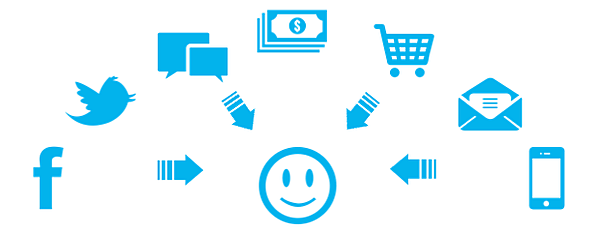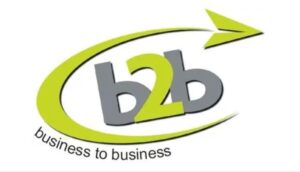Create A Single Customer View
- iclick
- 2022-12-26
A Single Customer View is an aggregated, consistent and holistic representation of the data known by an organisation about its customers. This data can be viewed in one place, such as a web page or a product port.

Businesses Want A Single Customer View
Businesses of all sizes understand the importance of a single, unified customer view. A single view of the customer is beneficial, as the unified identity allows for an aggregated representation of personal data and customer behavior. While there are many advantages to building a single customer view, many businesses struggle to overcome the challenges associated with building one. Without a holistic representation of the customer, organizations lack the visibility they need in order to keep business moving forward efficiently.
A Single View of the Customer Provides Numerous Benefits
Organizations strive to deliver effective marketing and sales campaigns in order to boost revenue and drive new business. In order to deliver better campaigns and empower field sales teams, having an identity management solution that allows businesses to obtain a single customer view is crucial. An identity management solution allows companies to look into and examine previous customer behaviors, interactions, purchases, etc., to better analyze and target customers to create a single view of the customer. Moreover, with a single view, sales teams are empowered, as they now have information to develop a complete understanding of prospects and customers. Sales teams can understand what products prospects and customers have expressed interest in, what has already been purchased, documents that have been signed, and even feedback and reviews regarding the product. Because companies often have a number of departments which interact with consumers (sales, marketing, customer service, IT, etc.), customer data gets placed in a number of different systems. One department may use an ERP system to manage financial data, while another uses a CRM system to organize customer information. Other parts of the business might use billing, application tracking, and social media monitoring applications to engage with and understand customers.
A single customer view benefits organizations, allowing them to minimize costs, simplify business processes, and have the strategic edge over the competition. With a 360 degree view of the customer in a single location, business can run more efficiently and effectively. Not only are companies able to better target and drive business with a higher quality of insight, they can also minimize costs by avoiding ineffective marketing tactics. Additionally, a unified view of the customer on a single interface ensures that business can run without complications when employees are out of the office, sick, or on vacation.
A study conducted by Gartner states that “To successfully target, acquire, develop and retain customers, organizations rely on accurate, comprehensive, up-to-date customer information and insight.” This insight provides businesses deeper visibility into their customers and their behaviors, allowing them to better market and sell products. Moreover, as businesses grow and the channels of customer engagement increase, the importance of creating a comprehensive and accurate understanding of the customer increases as well. Building a complete customer view has become a major challenge for businesses to overcome, but one which has a very valuable payoff.
Challenges Surround Single Customer Views
With several systems and applications managing different types of information, it is difficult to create a single customer view in which all the details associated with the customer are in one location. Moreover, legacy systems can complicate matters, creating difficulties when it comes to sharing data, as they are outdated and inflexible. Data silos, or systems that hold valuable information, are isolated, making it difficult for organizations to be optimally productive.
As businesses employ SaaS and cloud-based applications and systems, sharing data with on-premise systems becomes complicated. Furthermore, as the number of devices and channels of engagement increase (mobile, computers, tablets, face-to-face, apps, etc.) it becomes increasingly difficult to manage information related to a single customer when it comes from numerous devices, databases, applications, and departments. Disparate applications contain all sorts of customer data and without a single customer view, businesses must run multiple applications at once to obtain all that information. Switching back and forth between different applications can complicate tasks and slow down performance. What’s more, different systems must not only communicate seamlessly, they must also be aware of business rules associated with each application and service.

Create A Single Customer View With Parllay
As WeChat becomes an important channel for online customers acquisition, the various attributes and activities of WeChat users have important commercial value. However, CRM software adopted by many companies in the world, such as Hubspot, has strong customer management, web marketing and automated marketing capabilities, but does not have WeChat user management capabilities. For companies that use HubSpot and WeChat to conduct business, customers are scattered in two systems, unable to focus on data analysis, automatic marketing and customer management, which not only increases customer operating costs, but also reduces marketing efficiency, while also affecting the effectiveness of precision marketing. Based on its powerful WeChat data deep development analysis and integration capabilities, Parllay launched the HubSpot+WeChat integration solution. Contacts obtained by the enterprise from WeChat can be automatically synchronized to HubSpot’s CRM, including contact WeChat attributes and real-time WeChat behavior. At the same time, companies can also trigger WeChat official account actions through the HubSpot workflow to interact with users. As such, a single customer view is well represented in the HubSpot.



